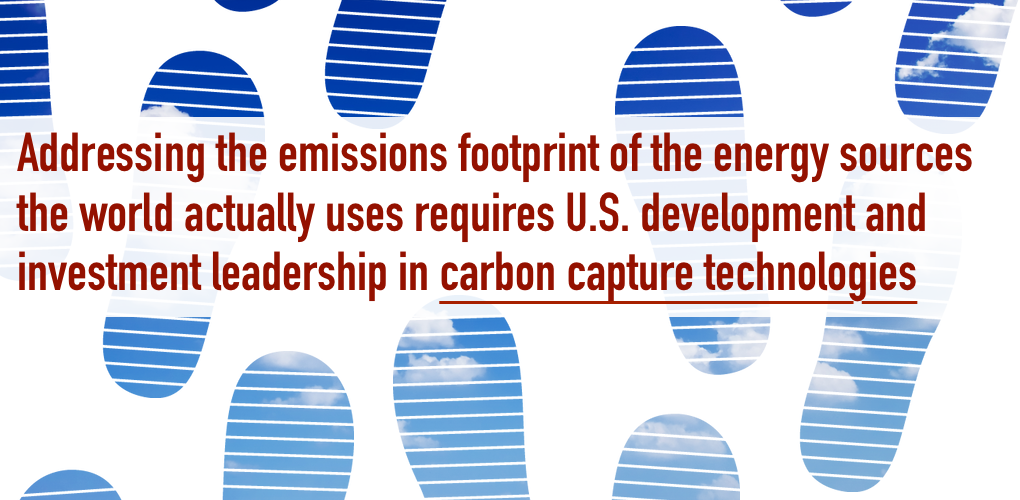
Capture the Moment
The Bipartisan Infrastructure Bill marks a massive leap forward for carbon capture, utilization and storage (CCUS). It’s a leap forward that should be celebrated for advancing U.S. technological leadership and for advancing U.S. climate leadership. As Brad Crabtree, director of the Carbon Capture Coalition, described, it is “the most ambitious portfolio of carbon management policies in the world to date.” Yet, there’s far more that can and should be done in the weeks and months ahead
In fact, a coalition of groups, including the National Mining Association, sent a letter to House and Senate leaders last week explaining just what else should be prioritized in this infrastructure process. Encompassing more than 160 organizations, this extraordinary coalition includes environmental and conservation groups, major corporations, trade associations and unions all coming together under the same banner to advance a suite of technologies essential to getting the nation – and the world – to where we must go. For all the talk of a carbon capture moonshot, this infrastructure process and moment is likely as good as it gets.
The letter focuses on a portfolio of policy priorities, already introduced in bipartisan legislation this Congress, that are, as the letter states, “pivotal in keeping America’s energy, industrial and manufacturing sectors on track to reach net-zero emissions by 2050.” These priorities include:
- Providing a direct pay option for the federal Section 45Q tax credit;
- Extending the commence construction window for the 45Q credit;
- Enhancing 45Q credit values for industrial and power plant carbon capture and direct air capture;
- Eliminating annual carbon capture thresholds in the 45Q program that deter innovation;
- Financing the buildout of regional CO2 transport and saline geologic storage networks; and
- Robust funding for commercial scale demonstration of carbon capture, direct air capture and carbon utilization technologies.
Every piece of this policy portfolio will help drive critical technologies forward and provide the certainty and infrastructure to get private industry and capital moving. The direct pay option for the 45Q tax credit and extending the 45Q credit construction window are low-hanging, obvious and broadly supported policies that speak to the necessity of further legislative action on carbon capture and the opportunity now before Congress.
Taken together, this group of priorities can launch CCUS and other carbon management technologies on a trajectory experts tell us is essential to replicable climate action. They can also sharpen U.S. technology leadership in a potentially enormous emerging market and drive job growth and investment in places vulnerable to the accelerating energy transition. In fact, this package could deliver a 13-fold expansion of carbon management capacity by 2035, potentially reducing emissions annually by 210-250 million metric tons while also creating tens-of-thousands of community-supporting jobs.
As obvious a winner as this policy agenda is, carbon management technology continues to have its detractors, particularly from those that claim to care most about emissions reduction and globally replicable climate action. Some environmental groups have called carbon capture a distraction and a false solution. Simply put, there is no solution absent it.
Decarbonizing heavy industry – be it cement or steel production – is a non-starter without the investment and breakthroughs in carbon capture U.S. leadership can deliver. There’s also no addressing the emissions footprint of the world’s existing coal and gas generating fleets without it. These fuels remain the foundation of the global energy equation and will remain so well into the future. Developing technologies and solutions that work with the energy infrastructure and fuels we have, and that the world actually uses, is essential to advancing replicable progress. As the International Energy Agency has made abundantly clear, fully half of the technologies needed to reach net-zero emissions aren’t yet commercially competitive or widely adopted at the scale they must be. The United States can provide the catalyst to drive global progress and there’s no more important place to lead than with carbon capture.
- On August 11, 2021
